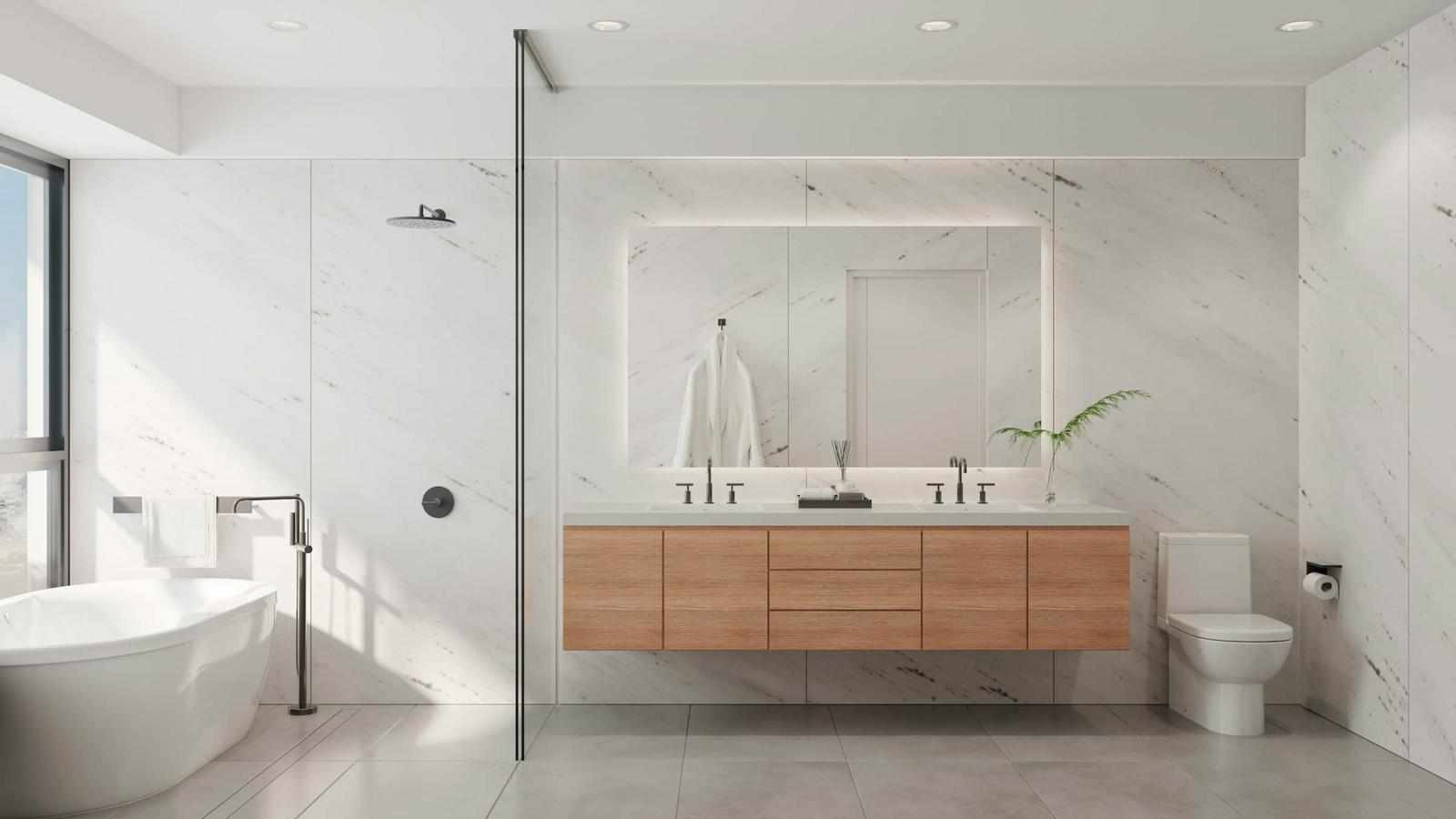As 3D printing becomes more accessible and affordable, the choices for machines have grown exponentially. From budget DIY kits to high-end industrial models, there's a printer for every skill level and use case. But one question continues to surface among makers, hobbyists, and professionals alike: Is an enclosed 3D printer worth the investment?
Whether you're a newcomer to the world of 3D printing or someone upgrading their setup, this guide will walk you through the benefits of enclosed printers, the differences between open and enclosed systems, and whether an enclosed model fits your specific needs.
What Is an Enclosed 3D Printer?
Before we dive into the pros and cons, let's clarify what an enclosed 3D printer is. Unlike open-frame printers, which expose the print bed and moving parts, enclosed printers have a sealed build chamber, typically protected by clear panels or an entirely enclosed casing.
The enclosed 3D printer design offers a stable, protected environment for your prints—especially useful for temperature-sensitive materials like ABS, ASA, and nylon. This design is common in both consumer-grade and professional-grade machines, offering benefits that go far beyond just aesthetics.
Key Benefits of an Enclosed 3D Printer
1. Improved Print Quality with Temperature Control
An enclosed build chamber helps maintain a consistent ambient temperature around your print, which reduces the chances of warping or layer separation. This is crucial when printing with filaments that shrink as they cool, like ABS.
Open-frame printers often struggle with drafts or fluctuating temperatures, which can compromise print integrity. An enclosed printer offers a stable microclimate, resulting in better adhesion between layers and smoother final results.
2. Safety First
Enclosures act as a physical barrier between the user and the hot components—such as the heated bed and the nozzle. If you have children, pets, or work in a shared space, this added protection is a huge plus. Some enclosed models also include HEPA filters or carbon filters, which help reduce odors and capture micro-particles from melted plastic.
3. Noise Reduction
Open-frame printers tend to be noisy. The constant whirring of fans, motors, and belts can quickly become a distraction. Enclosures help dampen this noise, making your workspace quieter and more pleasant—especially if you’re printing long, multi-hour jobs.
4. Dust and Debris Protection
An enclosed 3D printer keeps the internals protected from external contaminants. Dust and debris can interfere with belts, rails, and fans, leading to maintenance issues. A sealed system is not just cleaner—it’s often more reliable over time.
5. Better for Specific Materials
If you're printing primarily with PLA, you might not notice a significant difference. But if you’re interested in exploring materials like ABS, PETG, nylon, or carbon-fiber composites, an enclosed printer becomes essential. Many of these filaments require a warm environment to print successfully without defects.
Things to Consider Before Buying
While enclosed printers offer plenty of advantages, they may not be ideal for everyone. Here are some factors to consider before making the investment.
1. Cost
Enclosed 3D printers typically cost more than their open-frame counterparts. However, the price gap has been narrowing. Many newer models offer premium features—like auto-leveling, Wi-Fi connectivity, and silent stepper drivers—at a very reasonable price point.
2. Accessibility and Maintenance
Some users find enclosed printers slightly more difficult to access for quick nozzle changes, filament swaps, or minor fixes. Depending on the model, the enclosed frame might add a few extra steps to regular maintenance tasks.
3. Size and Space
Enclosed printers can be bulkier. Make sure you have enough space in your workspace to accommodate the machine, especially if it includes a top-mounted spool holder or rear-facing power plug.
Who Should Use an Enclosed 3D Printer?
If you're a casual user who prints mostly with PLA and doesn’t mind occasional imperfections, an open-frame printer might be sufficient. But for anyone who:
Prints functional parts
Needs high-strength or temperature-resistant materials
Prioritizes print reliability
Works in a shared or family-friendly space
Wants cleaner-looking prints with fewer failures
…an enclosed 3D printer is the smart choice.
Real-World Use Cases
Let’s take a look at how enclosed printers shine in real scenarios:
✔️ Hobbyists Printing ABS Models
ABS is notorious for warping, especially on taller or larger prints. With an enclosed printer, temperature fluctuations are minimized, leading to more successful results.
✔️ Schools and STEM Labs
Safety is a priority in educational settings. Enclosed printers reduce the chance of students accidentally touching hot parts, and some even include filter systems to ensure air quality.
✔️ Small Business Prototyping
When creating prototypes or small production runs, reliability is everything. Enclosed systems reduce failed prints, save material, and provide consistent outcomes with professional-grade quality.
What to Look for in a Quality Enclosed 3D Printer
Not all enclosed printers are built the same. If you're shopping for one, here are some must-have features:
Heated Bed: Essential for adhesion, especially with ABS and PETG.
Filtration System: For health and environmental safety.
Auto-Leveling: Saves time and reduces print failures.
Remote Monitoring: Wi-Fi or camera options can help you manage long prints.
Reliable Support and Firmware Updates: Make sure the brand offers active support and frequent updates.
Final Thoughts
The question isn’t whether you need an enclosed 3D printer—it’s whether you want more consistent results, better safety, and increased flexibility with materials. For many users, especially those printing frequently or with advanced filaments, the benefits far outweigh the costs.
With recent innovations, today’s enclosed printers are no longer just for industrial users. They’re accessible, efficient, and designed with the everyday creator in mind.
So if you’re ready to take your 3D printing to the next level, investing in an enclosed 3D printer could be the upgrade you didn’t know you needed—but won’t want to live without.



Write a comment ...